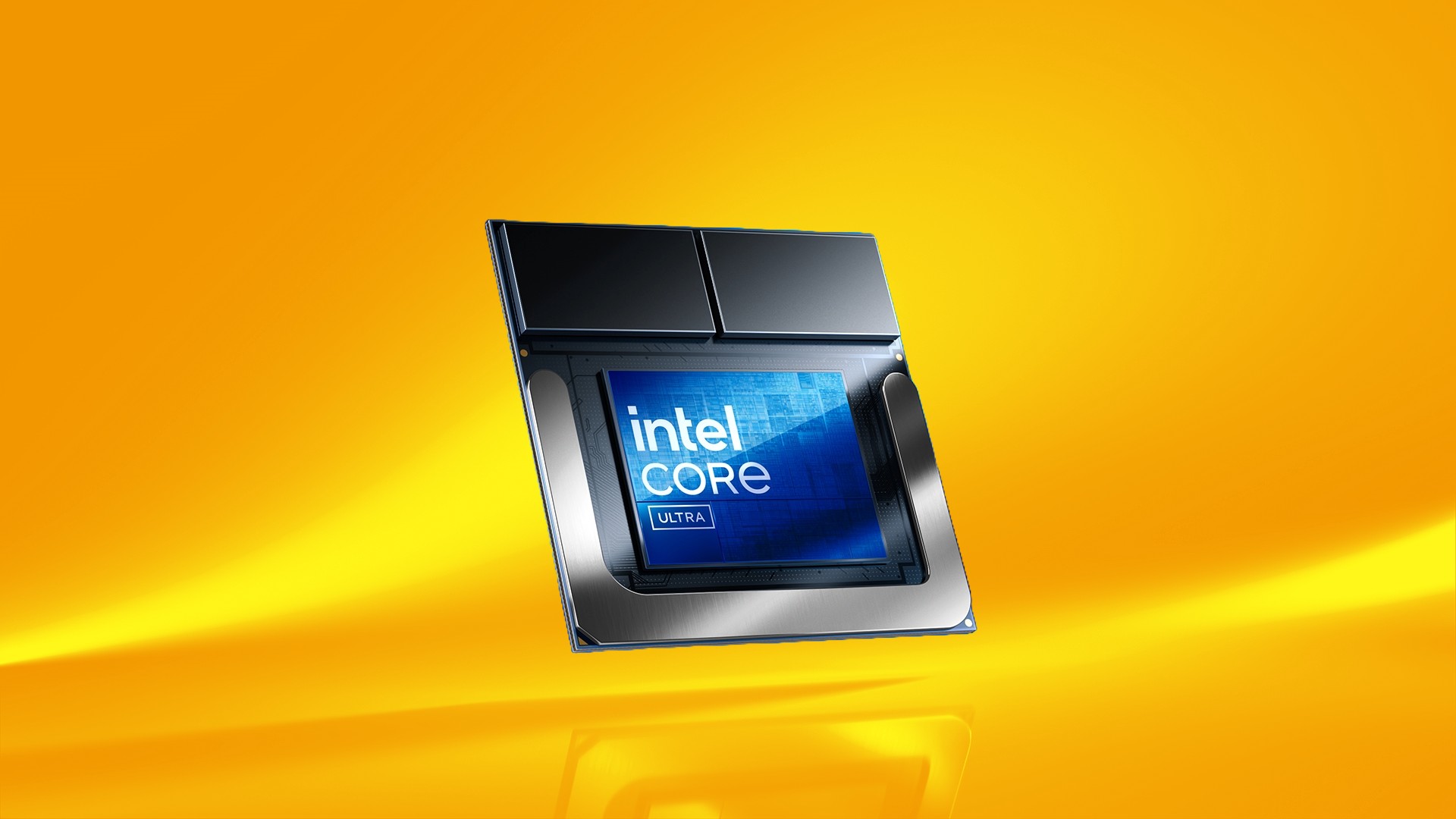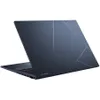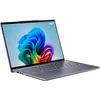Intel's Lunar Lake chips to clash with Snapdragon X and Ryzen AI 300 from September
Intel breaks into the Copilot+ PC market with its Lunar Lake chips

Intel brought about a new age of AI computing in December of last year with the release of the Core Ultra mobile processor, breathing life into the concept of the AI PC. Less than a year on and Intel is gearing up to launch its second generation of NPU-touting chips, code-named Lunar Lake.
Ahead of this year's IFA 2024 showcase in Berlin, Germany, Intel's executive and vice presidents Michelle Johnston Holthaus and Jim Johnson will take to the stage to livestream the unveiling of the company's new Core Ultra 200 processors.
Intel's Core Ultra 200 processors are a major upgrade to the company's original AI PC chips that will leapfrog Microsoft's 40 TOPS (trillion operations per second) requirements to become the first Intel chipset ready to act as the engine to Copilot+ PCs in the future.
Intel Lunar Lake: What to expect
Intel promises that its upcoming livestream will reveal all the details on its Lunar Lake chips, including their "breakthrough x86 power efficiency, exceptional core performance, massive leaps in graphics performance, and the unmatched AI computing power that will drive this and future generation of Intel products."
Said live stream will take place Tuesday, Sept. 3 at noon ET (9 a.m. PT), and will be available to watch on the Intel Newsroom.
Lunar Lake processors are expected to feature 4 P-Cores, 4 E-Cores, and up to 8 low-power Battlemage Xe2-LPG GPU cores. As for its AI capabilities, Lunar Lake chips are expected to offer 48 TOPs of performance, clearing Microsoft's barrier to entry into the Copilot+ PC market with ease.
We may likely see a number of laptops outfitted with Intel's latest processor revealed at IFA 2024, which kicks off only a few days later on Sept. 6 in Berlin, Germany. However, we wouldn't expect an expansive range of Intel-powered Copilot+ PCs to feature.
Get The Snapshot, our free newsletter on the future of computing
Sign up to receive The Snapshot, a free special dispatch from Laptop Mag, in your inbox.
Stiff competition in the AI PC category
Lunar Lake will revitalize Intel's efforts in the AI PC category, but it won't give the company a free pass to the top. In years past, AMD was Intel's primary concern, however, this new generation of processors has brought about further competition for Team Blue — Microsoft's current golden child and figurehead for the foundation of Copilot+ PCs, Qualcomm.
Qualcomm's latest Snapdragon X CPUs have been a breath of fresh air for Windows computers, delivering excellent power efficiency, blazing performance, and unleashing the power of the NPU for vastly improved AI computing in a local setting.
The excellence of Qualcomm's latest generation of chipsets has led to many comparisons with the M-Series chips found in MacBooks, placing many Windows computers in a position that genuinely threatens Apple's mobile dominance over the last number of years.
However, Intel will still have to maintain pace with AMD, which has recently seen its Ryzen AI 300-series "Strix Point" processors hit the market in several consumer laptops.
AMD's next-gen Zen 5 processors go all-in on performance with integrated Radeon 800M graphics and an XDNA 2 NPU registering up to 50 TOPs of highly efficient AI processing power — greatly surpassing the minimum requirements set by Microsoft for chips looking to power Copilot+ branded PCs.
More from Laptop Mag
- What are Copilot+ PCs? Microsoft's new era of AI PCs explained
- Snapdragon X PCs to rival MacBook Air in more than performance from 2025
- Why is Qualcomm's top-tier Snapdragon X Elite processor so hard to find?

Rael Hornby, potentially influenced by far too many LucasArts titles at an early age, once thought he’d grow up to be a mighty pirate. However, after several interventions with close friends and family members, you’re now much more likely to see his name attached to the bylines of tech articles. While not maintaining a double life as an aspiring writer by day and indie game dev by night, you’ll find him sat in a corner somewhere muttering to himself about microtransactions or hunting down promising indie games on Twitter.










